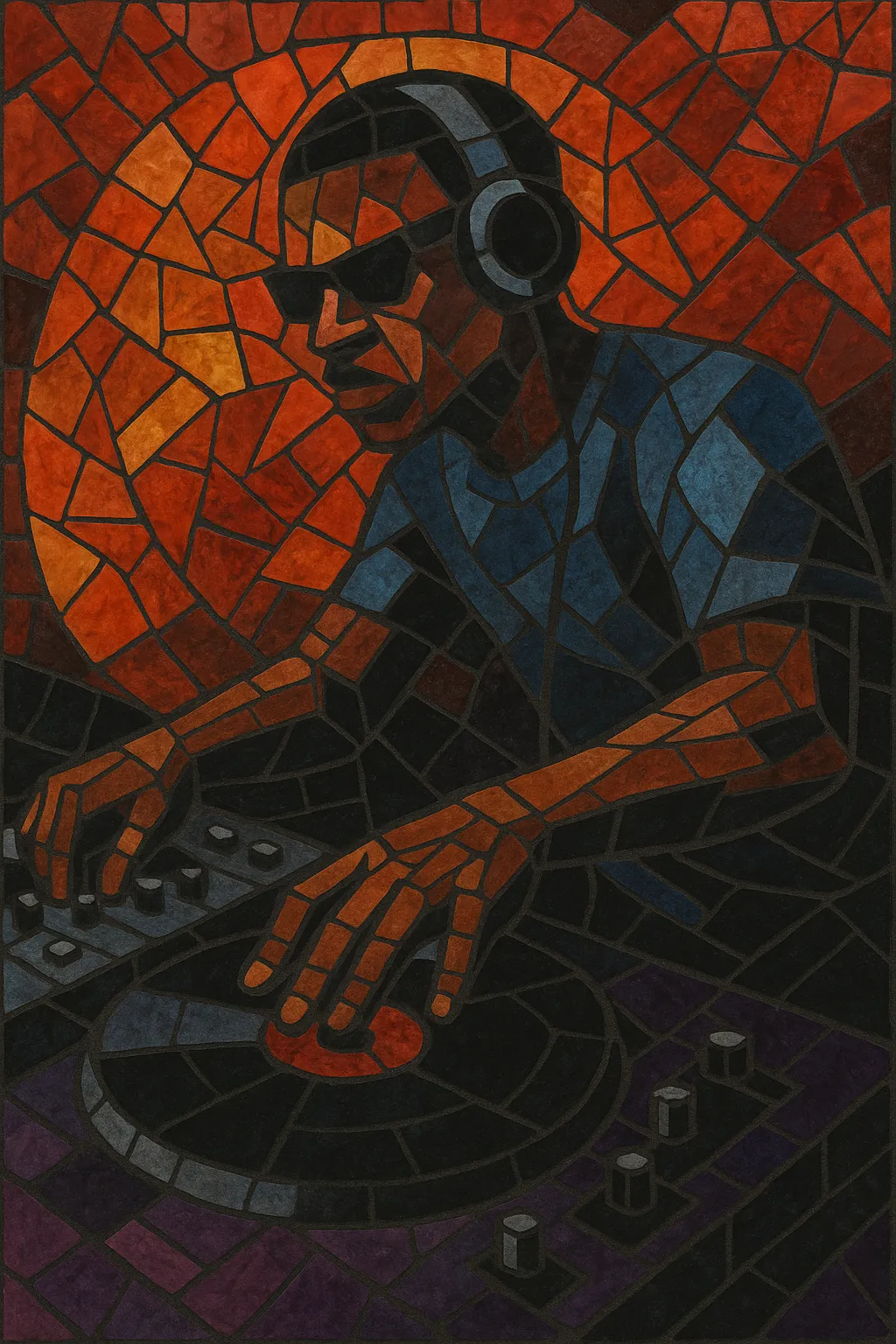Mega funk is a recent branch of Brazilian funk that pushes the sound toward heavier, darker, and more minimal club drops. Tracks are typically built around a slow-to-mid tempo groove (roughly 100–120 BPM), with huge, overdriven 808 sub-bass slides, clipped kicks, and sparse, percussive hits.
The style favors short vocal chops, catchphrases, and meme-ready hooks over full verses, often processed with pitch/formant shifting and aggressive compression to cut through massive systems. Arrangements borrow EDM-style build–drop dynamics, but keep the raw drum DNA of funk carioca and the car-audio emphasis of funk automotivo. The result is a dancefloor-oriented, high-impact sound engineered to shake speakers as much as bodies.
Mega funk emerged in Brazil in the late 2010s as producers began fusing the drum vocabulary of funk carioca and mandelão with the car-audio obsession of funk automotivo. The goal was simple: make the heaviest, most sub-focused drops possible while keeping the rhythmic lilt that defines Brazilian funk.
The style took cues from northern “aparelhagem” (large sound systems associated with tecnobrega) and the nationwide car-audio scene. Producers optimized mixes for extreme SPL: stacked kicks with sine layers, long 808 glides, saturation, and brickwall limiting became standard. Minimal harmonic content left room for bass movement and percussive detail.
In the early 2020s, mega funk spread quickly via YouTube, SoundCloud, TikTok, and Spotify editorial playlists. Short, chant-like vocals and seismic drops made the tracks ideal for memes, dance challenges, and DJ edits. Regional scenes in Paraná/São Paulo and cross-pollination with automotivo and mandelão accelerated a recognizable, national sound.
By the mid‑2020s, mega funk became a go-to club format: its EDM-like build–drop structure fit festival stages, while its Brazilian drum feel kept it rooted locally. The aesthetic—dark, punchy, and minimal—bled into neighboring strands of Brazilian club music and inspired darker "occult" and trap‑leaning funk offshoots.


